Abandoned History: General Motors' Turbo-Hydramatic Transmissions (Part III)

We return to the Turbo-Hydramatic once more today, and our third installment sees us at a critical point in the timeline of the automatic transmission. Fuel economy pressure from the government and performance demands of the consumer increased considerably in the intervening years since the THM’s debut in 1964. That meant the creation of lighter, more compact, and cheaper versions of the Turbo-Hydramatic compared to its flagship shifter, the THM400. GM branched out into the likes of the THM350, THM250, and the very problematic THM200.
In 1987, GM stepped away from the traditional THM naming scheme and switched to a new combination of letters and numbers. Number of gears, layout, and strength combined to turn the THM400 into the 3L80. But the hefty gearbox was already limited by then to heavier truck applications; passenger cars moved on to four forward gears after the dawn of the Eighties.
General Motors was on its heels with the costly class-action lawsuit on the failure-prone THM200, filed in 1979. The General set its transmission engineers to make some changes to the THM200 with two goals in mind: To make it much more reliable, and more ready for upcoming passenger car needs.
To that end, every problematic component of the THM200 was replaced with an improved, redesigned part. While they were fiddling with the 200, engineers added a handy additional fourth gear with a ratio of 0.67:1. The improved box was called THM200-4R when it debuted in 1981.
The 200-4R used a multi-case bellhousing so that it fitted the various rear-drive cars in GM’s lineup. The multi-case featured a dual bolt pattern, in contrast to the single bolt pattern of a standard case that would only fit the specific vehicle for which it was designed. Mounting locations on the 200-4R matched with those of the THM400. The new four-speed was nearly the same size as the old THM350, and the 200-4R became an easy upgrade for older models so equipped.
GM was sure the 200-4R was a better transmission and was also sure their mainline cars needed a four-speed. Thus the new transmission was deployed in 1981 on the full lineup of full-size B-bodies. The likes of the Pontiac Bonneville, Oldsmobile Delta 88, and Buick LeSabre benefitted from the 200-4R. It was also used from 1981 in the larger C-body cars like the Buick Electra and Cadillac DeVille.
Additional usage of the 200-4R occurred in 1983 when it was picked up for midsize G-body cars like the Buick Regal and Oldsmobile Cutlass Supreme. In 1985 when GM introduced their downsized front-wheel-drive cars, the C-body was renamed to D. There, the 200-4R continued on in singular luxury usage: The Cadillac Fleetwood Brougham.
The four-speed found a high-performance niche for itself in the Eighties, when it became the gearbox of choice for the Buick Grand National. In 1989 it was used for the Indy 500 Pace Car version of the Pontiac Firebird Trans Am. The 200-4R had a good run but was phased out in 1990 after its last outing in the B- and D-body cars.
A year after the 200-4R another four-speed appeared: The THM700R4. From the 1982 model year, the 700R4 was used primarily in Chevrolet and GMC vehicles. It was more limited in application due to its single case bellhousing but was spread across many models given its developments. The transmission adopted GM’s new naming scheme in 1990 when it became the 4L60. Four-speeds, longitudinal layout, 60 strength rating. For our purposes, we’ll use the modern naming from here onward.
Additional improvements between 1984 and 1987 included updated internal components like the oil pump housing and ring gears. Late in 1986 the 4L60 also received a new auxiliary valve body. The next major change occurred for the 1993 model year, with the arrival of the 4L60-E version.
The -E suffix meant that electronic controls were added, which meant the transmission relied on the powertrain control module (PCM) to tell it when to shift. Newly modernized, the -E was implemented in GM’s trucks, vans, and SUVs in 1993. In 1994 usage spread into GM’s rear-wheel-drive passenger cars.
From there, the box was updated with a bolt-on bellhousing so it fit onto other vehicles in a much easier way. By 1998 all cars with a 4L60-E had a bolt-on bellhousing, and the box spread to more models. That year also saw the arrival of a new torque converter of a sturdier design. It was also revised in the Nineties to comply with new OBD-II regulations.
The 4L60-E found its way onto a staggering number of different vehicles between 1993 and 2013. GM really held onto four-speeds as long as it could, while other manufacturers upgraded to five-, six-, or even eight-speed automatics. Long-time lovers of the 60-E included the Chevrolet Suburban 1500, which made use of it from 1993 to 2009. The Camaro had four speeds in its F-body guise from 1994 until its cancellation in 2002.
Elsewhere, the Chevrolet Colorado used it from 2004 to 2012, and Australians found it in the Holden Caprice between 1994 and 2008. It was also used for the GMT360 SUVs, including the exclusive and very different Saab 9-7X. Its last usage was in the Chevrolet Express vans (vans still made today) in 2013.
During the 4L60-E’s heyday, a heavier duty version was introduced, the 4L65-E. It appeared in 2001 and was used exclusively with passenger vehicles that had larger V8 engines – usually the 6.0-liter Vortec. Primary usage was in the GMC Sierra and Yukon Denali, the Cadillac Escalade, and the ghastly Hummer H2.
It was also shipped to Australia for use in 6.0-liter Holden Commodores and was sent to Kentucky for the 2005 Corvette. Quick shout-out to the 4L70-E, which was a 4L65-E with an internal speed sensor. The 4L60 and 65 were supplanted by the six-speed 6L80 and 6L90 after 2013. Back to THM400/3L80.
As mentioned last time, the 3L80 saw its last usage in 1990 in GM’s large vans like the G20 and Vandura. Though sturdy and popular, it was time for the three-speed to make way for a four-speed version. In 1991, production of the 4L80-E began. With electronic control, the four-speed was the first major change made to the old THM400 since its debut in 1964.
Unlike its predecessor which had to fill many passenger car roles, GM’s extensive use of the 4L60 meant the 4L80 was confined to pickups, vans, and commercial-type vehicles. All 4L80s were built at Willow Run Transmission, in Ypsilanti, Michigan (1953-2010). The 80-E was rated for up to 440 lb-ft of torque, with a max GVWR of 18,000 pounds.
GM put the 4L80 into use across its pickup line, in the 1500, 2500, and 3500 versions of the Chevrolet Silverado, GMC Sierra, and the Chevrolet Express and GMC Savana. It was also used in the near-forgotten 2500 version of the Chevy Avalanche. It lasted in van usage through 2009, and through 2013 in truck and SUV usage within GM.
However, like its three-speed forbearer, the 4L80 was used by companies outside GM that required a transmission capable of motivating big power and weight. Most of the users of the THM400 simply transferred to the 4L80 when it was available. One of the earliest manufacturers to buy the four-speed were Bentley and Rolls-Royce (then together as one company).
Bentley used it for the Eight, Turbo R, and all versions of the extremely expensive Continental coupe. Then under BMW’s guidance, they kept on using it for all versions of the Arnage between 1999 and 2006. Rolls-Royce used it on their Silver Spirit and Silver Spur (1992-1998), as part of their lineup still used the THM400.
In 1992 the 4L80 was added to the Hummer H1 when the military truck was edited for wealthy private consumer usage by people in Hollywood. A year later Jaguar added it to their aged XJS, where it would remain through the end of the coupe’s run in 1996. It was also the motivator for the high-po XJR between 1994 and 1997. And it was paired with the company’s V12 sedans (XJ12 and Daimler Double Six) between 1993 and 1997.
The British had one more usage for the 4L80 too; perhaps its most surprising. In 1996 Aston Martin (a Ford property) called up GM for some four-speeds for the new DB7. In fairness, the 4L80 was limited to inline-six versions of the DB7, as other flavors with V12 used ZF or Tremec boxes.
Of lesser usage was the heavy-duty take on the 4L80, the 4L95-E. It was designed for use with vehicles of up to 690 lb-ft of torque, and a GVWR of 18,000 pounds. The 85 was limited in usage to GM vehicles with the old 8.1-liter Vortec V8. It was used in the Express and Savana if they were equipped with a Duramax diesel engine.
It was also used for the Local Motors (2007-2022) Rally Fighter, the off-road dune buggy that was built between 2010 and 2016. The Rally Fighter paired a tiny 6.2-liter Vortec V8 to the 4L95 and was used in all 30 examples produced over those seven years.
And with the conclusion of the 4L60 and 4L80 in 2013, the history of the Turbo-Hydramatic came to an end. GM moved on to six-speed transmissions for its wares, which it didn’t design alone. Transverse applications saw the Ford-GM jointly-developed 6T70 and the 6L80 that was sort of based on a ZF six-speed. Any suggestions for which transmission Abandoned History should cover next?
[Images: GM]

Interested in lots of cars and their various historical contexts. Started writing articles for TTAC in late 2016, when my first posts were QOTDs. From there I started a few new series like Rare Rides, Buy/Drive/Burn, Abandoned History, and most recently Rare Rides Icons. Operating from a home base in Cincinnati, Ohio, a relative auto journalist dead zone. Many of my articles are prompted by something I'll see on social media that sparks my interest and causes me to research. Finding articles and information from the early days of the internet and beyond that covers the little details lost to time: trim packages, color and wheel choices, interior fabrics. Beyond those, I'm fascinated by automotive industry experiments, both failures and successes. Lately I've taken an interest in AI, and generating "what if" type images for car models long dead. Reincarnating a modern Toyota Paseo, Lincoln Mark IX, or Isuzu Trooper through a text prompt is fun. Fun to post them on Twitter too, and watch people overreact. To that end, the social media I use most is Twitter, @CoreyLewis86. I also contribute pieces for Forbes Wheels and Forbes Home.
More by Corey Lewis
Latest Car Reviews
Read moreLatest Product Reviews
Read moreRecent Comments
- ToolGuy If these guys opened a hotel outside Cincinnati I would go there to sleep, and to dream.
- ToolGuy Michelin's price increases mean that my relationship with them as a customer is not sustainable. 🙁
- Kwik_Shift_Pro4X I wonder if Fiat would pull off old world Italian charm full of well intentioned stereotypes.
- Chelsea I actually used to work for this guy
- SaulTigh Saw my first Cybertruck last weekend. Looked like a kit car...not an even panel to be seen.

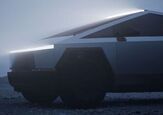
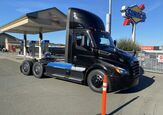
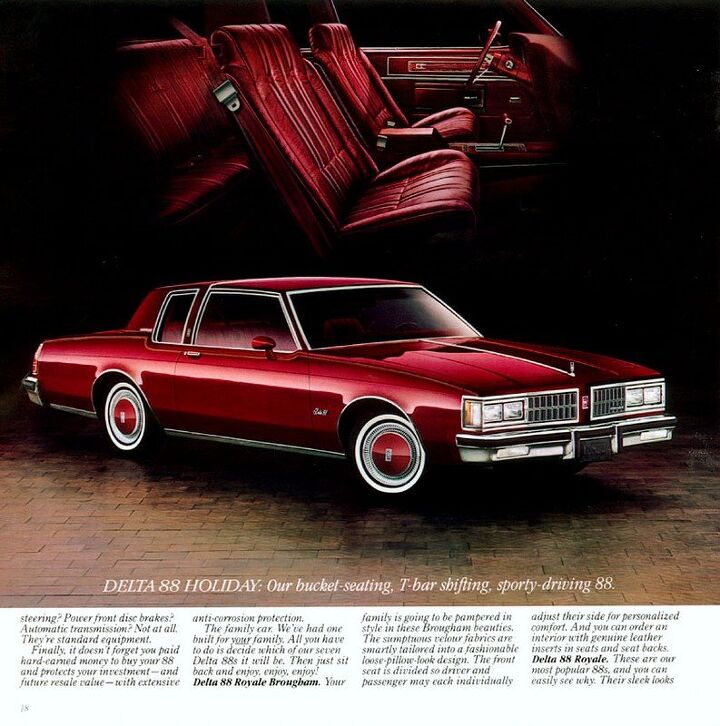




















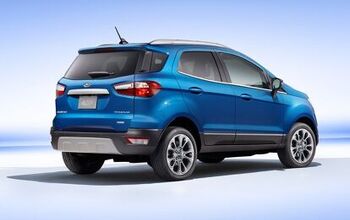


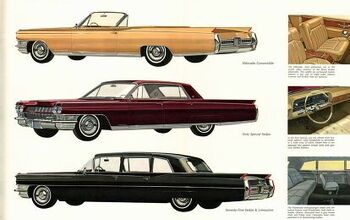
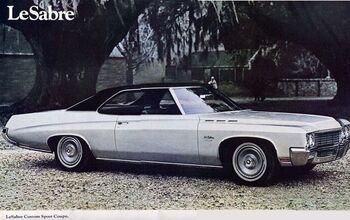
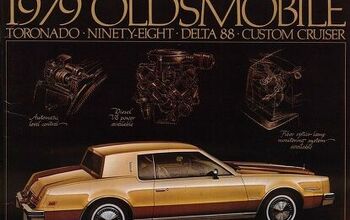
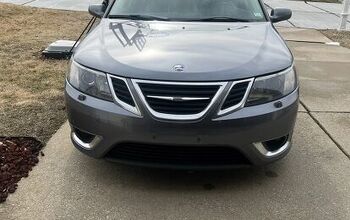
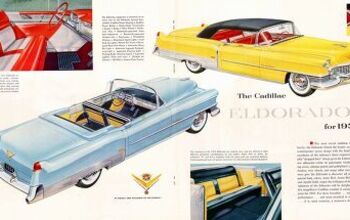
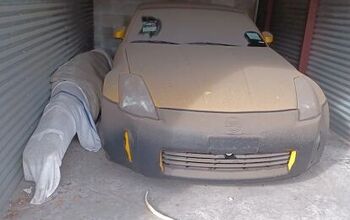
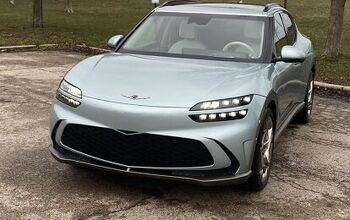
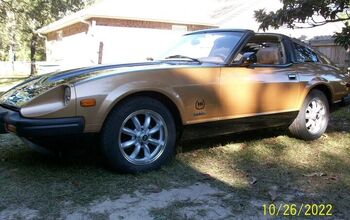
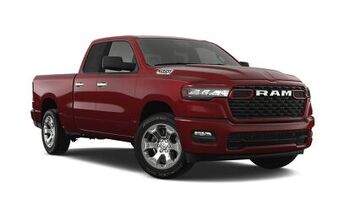


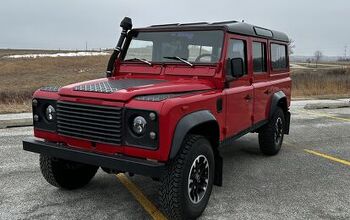


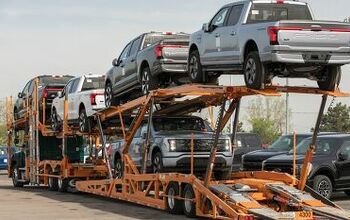
Comments
Join the conversation
What was the four-speed auto in the A-Bodies? THM425C? How about the Chrysler A797? Why did those always go into Reverse with an audible “clunk?”
Mercedes first torque converter box.